Hey, future design pro!
So, you’re starting your journey into the world of UX design – exciting, right? If you’re wondering what kind of work you’ll actually be doing as a beginner, you’re in the right place. This blog is just for you.
We’re going to walk through the kinds of tasks new UX designers typically handle and how those responsibilities help you grow. Plus, we’ll break down the different paths you might take — whether you become a generalist, a specialist, or a cross-skilled designer who does a little bit of both.
What Does a Beginner UX Designer Do?
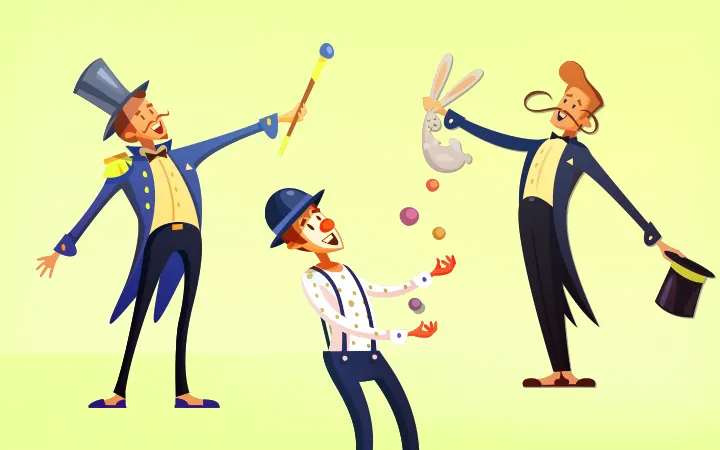
When you’re just getting started in UX, there’s so much to explore — and that’s part of the fun! In the early stages, you’ll likely wear many hats, trying out different parts of the design process. From researching users to sketching wireframes, you’ll get hands-on experience that helps you build your confidence and figure out what you enjoy most.
1. User research:
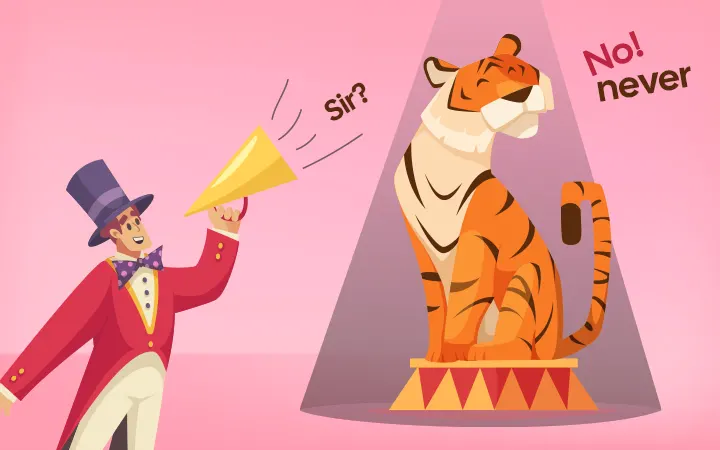
User research is all about getting to know the people who will use your product. As a beginner UX designer, your job is to understand who your users are, what they need, what frustrates them, and what they’re trying to achieve. This includes learning about their demographics, background, habits, emotions, and goals.
You might gather this information through simple methods like asking questions in a survey, talking to people in interviews, or watching how they use a product.
Think of it like this:
Imagine you’re helping a friend choose a new coffee machine. You ask them questions:
 How much coffee do you drink each day?
How much coffee do you drink each day?
 Do you like strong or mild coffee?
Do you like strong or mild coffee?
 Do you have time to make it manually or prefer one-touch options?
Do you have time to make it manually or prefer one-touch options?
This is research — you’re learning their needs before picking the right machine. UX research works the same way. Before designing anything, you learn about the users so the product fits them perfectly.
We’ll dive deeper into user research techniques later — but just remember: great design starts by listening to the people you’re designing for.
2. Information architecture:
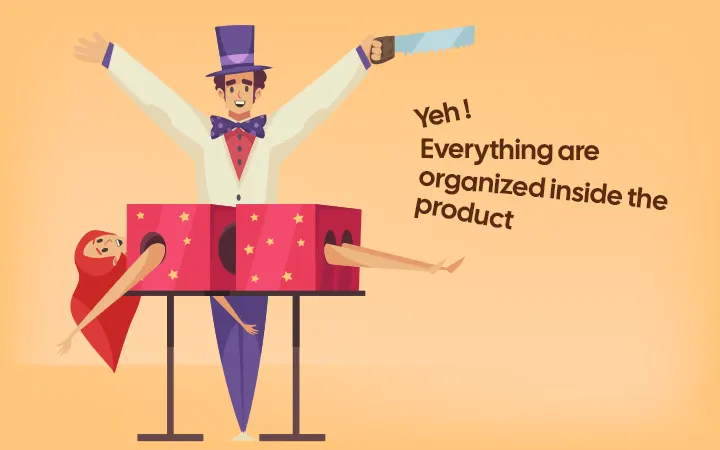
Information architecture, or IA, is all about how things are organized inside your product — like menus, buttons, pages, and sections. It’s the structure that helps users find what they’re looking for quickly and easily.
You can think of IA like the skeleton of your product. It holds everything together and shapes how users move through the app or website. A good IA makes sure everything is placed in a way that feels natural and makes sense to the user.
Imagine you’re enrolled in long design course.
- Week 1–4: Foundations of Design – neatly placed in a “Module 1” folder
- Week 5–8: Tools & Techniques – all resources grouped with matching assignments
- Week 9–12: Project Work – briefs, deadlines, and reference files clearly labeled
- Final Week: Submission & Feedback – in its own dedicated space
That’s exactly what Information Architecture does in UX. It’s the structure that helps users find what they need, when they need it — just like a well-organized semester plan helps a student stay focused, calm, and confident throughout the course. A clear and logical structure (good IA) helps users feel comfortable, confident, and in control.
Now imagine a website or an app where the content is structured so well that users never feel lost. They find exactly what they need, quickly and easily. That’s because, as product owners or designers, we planned the information carefully — where every page is designed to deliver the right information, in the right way. That’s what good Information Architecture looks like: smooth for the user, and successful for the product.
3. Wireframing:
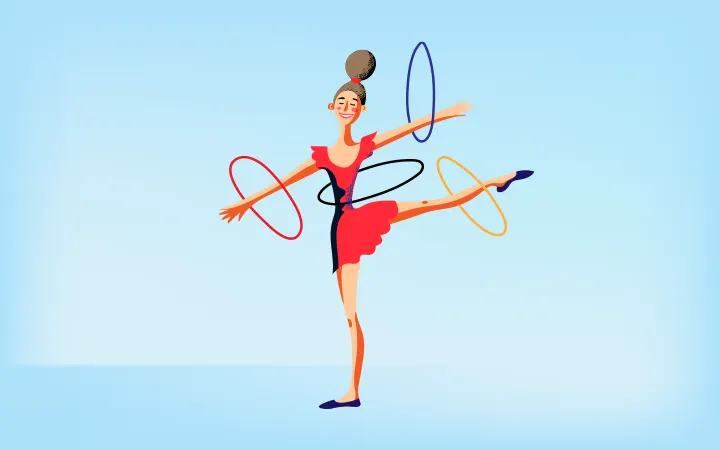
A wireframe is like a rough sketch or blueprint of a screen — whether it’s for a website, an app, or a digital product. It shows where things like buttons, images, and text will go, using simple shapes and lines. It doesn’t have colors, fancy graphics, or final content — it’s just the basic layout.
Wireframes can be drawn on paper or made using tools like Figma, Adobe XD, or Sketch.
Think of it like this:
Imagine you’re planning a school project presentation.
Before creating your final slides, you quickly draw what each slide might look like — where the title goes, where the image will be, and what points to include. This early sketch helps you and your group stay on the same page.
That’s exactly what wireframing does in UX design. It helps you share your ideas early, get feedback, and make changes before spending too much time on detailed designs.
4. Prototyping:
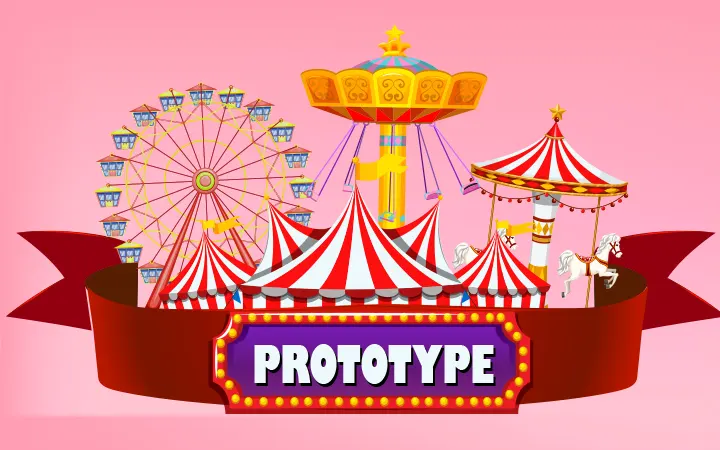
A prototype is an early version of a product that shows how it works. It’s like a demo model — built to test ideas and gather feedback before moving into final development. Prototypes can be very simple (just a few screens or features) or more advanced, depending on what needs to be tested.
They can be physical (like a hardware device mockup) or digital (like a clickable app or website flow). Sometimes, a prototype focuses on one feature — such as how a menu works or how users move from one screen to another.
Designers usually create multiple prototypes during the design process to try out ideas, solve problems, and improve the user experience.
Example:
Imagine your team is designing a mobile app for company employees to book meeting rooms. Before building the app, you create a prototype showing how users select a room, check availability, and confirm bookings. The prototype lets everyone try the flow and suggest changes before coding starts, saving time and avoiding mistakes.
5. Visual design:

Visual design is all about how a product looks — its colors, shapes, fonts, and overall style. As a UX designer, it’s important to understand visual design so you can make sure the product not only works well but also looks attractive and easy to use.
Good visual design connects how a product functions with how it feels to use.
Example: Think about a popular fashion app. If the app uses trendy colors, sleek fonts, and beautiful images that match the latest styles, it instantly grabs your attention and makes shopping fun. But if the app looked dull, with clashing colors and messy layouts, you’d probably close it fast. That’s how powerful visual design is — it sets the mood and makes the experience enjoyable.
Not All UX Designers Are the Same — Which One Will You Be?
As you progress in your UX career, you can decide to focus deeply on one specific area of UX design or keep developing a wide range of skills across different areas.
1. Generalist
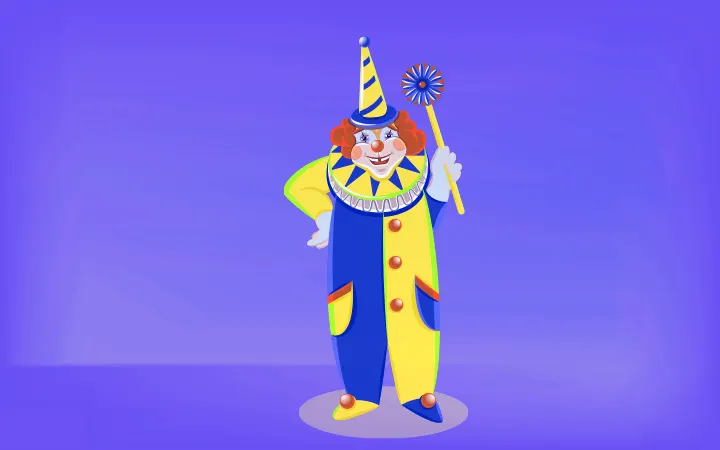
A generalist works on many different UX tasks and responsibilities. Most UX jobs, especially at smaller companies, are generalist roles. Many beginners start as generalists, and some choose to stay generalists throughout their careers.
Benefits of being a generalist:
- You develop a wide range of skills across many UX areas.
- You get to try different tasks and find what you’re most passionate about.
- Your work stays interesting and varied with lots of different challenges.
2. Specialist:
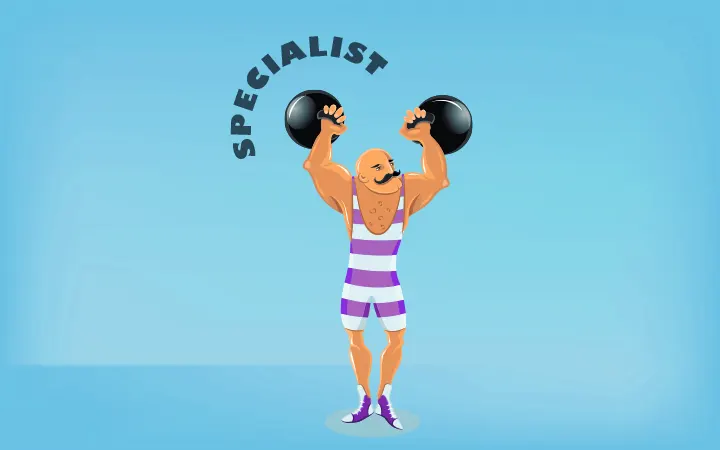
A specialist focuses deeply on one area of UX design, like interaction design, visual design, or motion design. They become experts in that specific field. Specialists are common in big companies with many designers.
Benefits of being a specialist:
- You get to focus on the part of UX design you enjoy the most.
- You build strong, deep knowledge in that area.
- You can become well-known for your expertise in that specific design type.
3. T-Shaped Designer:
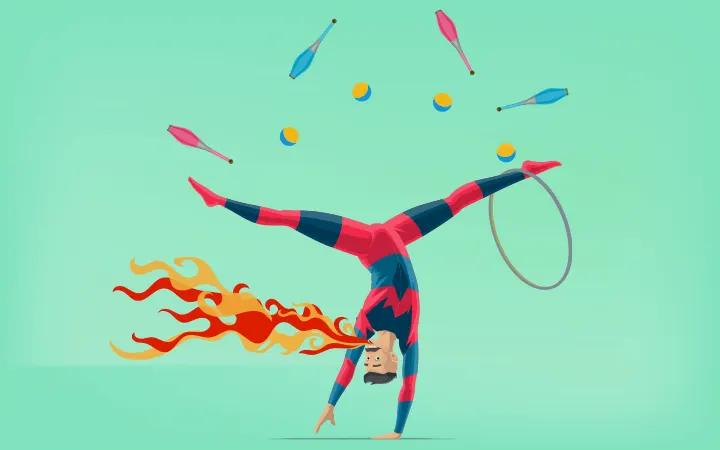
A T-shaped designer is a specialist who also knows a lot about other UX areas. Imagine the letter “T”: the vertical line is deep knowledge in one area, and the horizontal line is broad skills in many others.
T-shaped designers are valuable because they combine the strengths of both specialists and generalists. For example, a T-shaped designer might be an expert in visual design but also know coding and prototyping.
Designing Your UX Journey
The best part about starting your UX career? There’s no single path you have to follow — only the one that feels right for you. As you begin working on real projects, you’ll start to notice what truly excites you — maybe it’s mapping out seamless user flows, crafting pixel-perfect visuals, or building interactive prototypes that come to life. Those moments will guide you toward your strengths and shape your unique path — whether that’s as a generalist, a specialist, or a blend of both.
And remember, you don’t need to have it all figured out right away. UX is a field filled with discovery, creativity, and growth. So take your time, explore different directions, and enjoy the process. Keep learning, keep experimenting — and above all, stay curious. Because this isn’t just a job you’re stepping into — it’s your design adventure.



